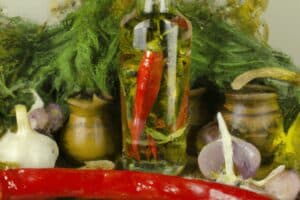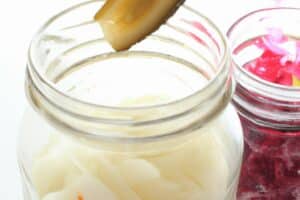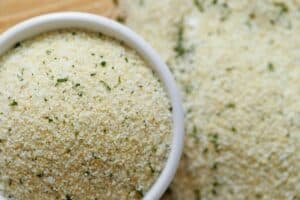Thyme is a herb often used in cooking to add flavor to a range of dishes.
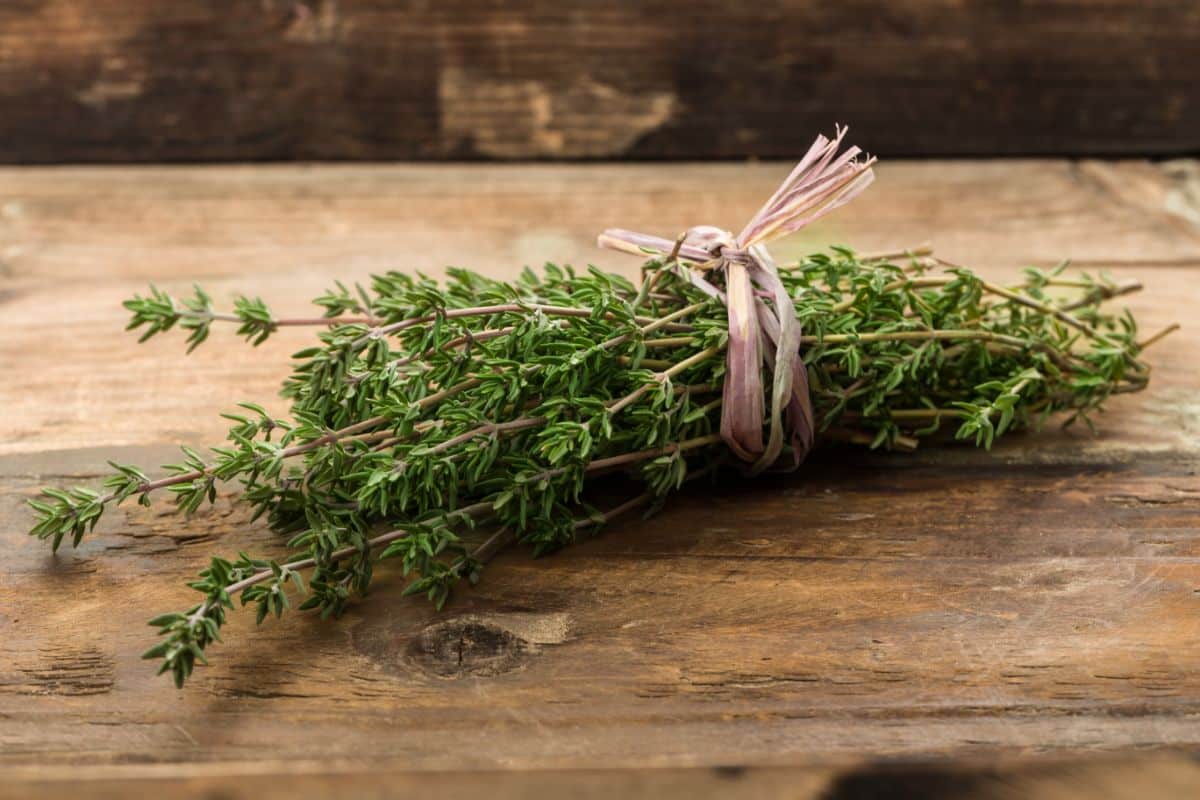
Although its flavor can vary from plant to plant, thyme is best known for its earthiness although it carries subtle undertones of mint and lemon too.
Most home cooks and professional chefs use thyme in their cooking but sometimes, we don’t notice we have run out of a particular herb until it’s too late.
Everyone’s reached for their herb and spice rack at one point only to discover the herb they need isn’t there – so what can you use instead of thyme in your cooking?
Here, we are going to be diving into all the substitutes you can use to replace thyme in your recipes. There are lots to choose from so check them out below!
| One Ounce Of: | Calories | Fat | Carb | Protein | Fiber | Ratio |
| Oregano | 87 | 2.91g | 18.27g | 3.12g | 12.1g | 1:1 |
| Rosemary | 37 | 1.66g | 5.87g | 0.94g | 4g | 3:1 |
| Parsley | 78 | 1.26g | 14.65g | 6.36g | 8.6g | 1:1 |
| Basil | 8 | 0.17g | 1.23g | 0.72g | 1.1g | 1:1 |
| Tarragon | 84 | 2.1g | 14g | 6.5g | 2.1g | 1:1 |
| Marjoram | 77 | 2g | 17.17g | 3.59g | 11.4g | 1:1 |
What Does Thyme Taste Like?
Thyme is a herb that has a very strong, distinctive taste to it. Each variety of thyme will have its own subtle difference in flavor but in general, most people agree that thyme has a sharp, minty taste to it.
This minty sharpness is followed by an earthiness that carries hints of floral and pepper.
Some claim to find thyme slightly sweet but this sweetness is very much overpowered by the earthiness and mintiness of thyme.
So, the two dominant flavors of thyme are mint and earth. Different species of thyme will have stronger or more subtle notes of pepper, floral, and sweetness.
Thyme Nutritional Value
One ounce of thyme contains:
- 28 Calories
- 0.5 grams of Fat
- 6.8 grams of Carbs
- 3.9 grams of Fiber
- 1.6 grams of Protein
Of course, you would never really use a whole gram of thyme in your recipe. As a herb, thyme is more often used in far smaller amounts – like ¼ of a teaspoon or ½ a teaspoon.
Because of this, it’s unlikely you can gain any significant health benefits from thyme nor will you suffer serious consequences to your health.
This is why herbs like thyme are so freely used in so many cooking recipes – they are added to improve the taste of the meal, not to improve its nutritional value.
Thyme Substitutes
Now, let’s take a closer look at the substitutes you can use to replace thyme in many recipes.
Oregano
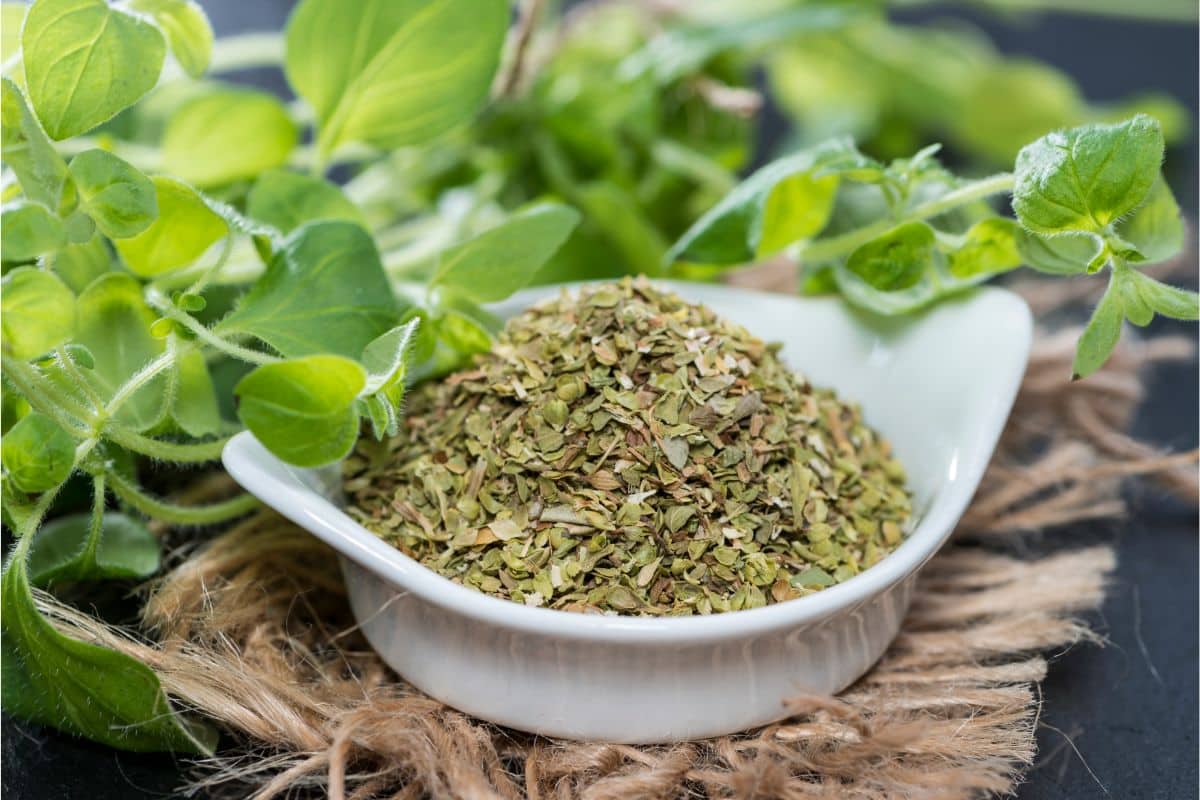
The first option many people use as their go-to thyme substitute is oregano.
Like thyme, oregano carries a minty flavor that it can transfer over into your meal. It also features an earthly, herby flavor too.
This is because oregano actually comes from the same family as thyme, which is why they taste so similar.
As a result, oregano is a fantastic substitute for thyme in cooking. They taste so similar that the switch is barely noticeable in many recipes.
So, if you have any oregano, just use that instead of thyme in your recipe – you will barely notice a difference when eating!
Rosemary
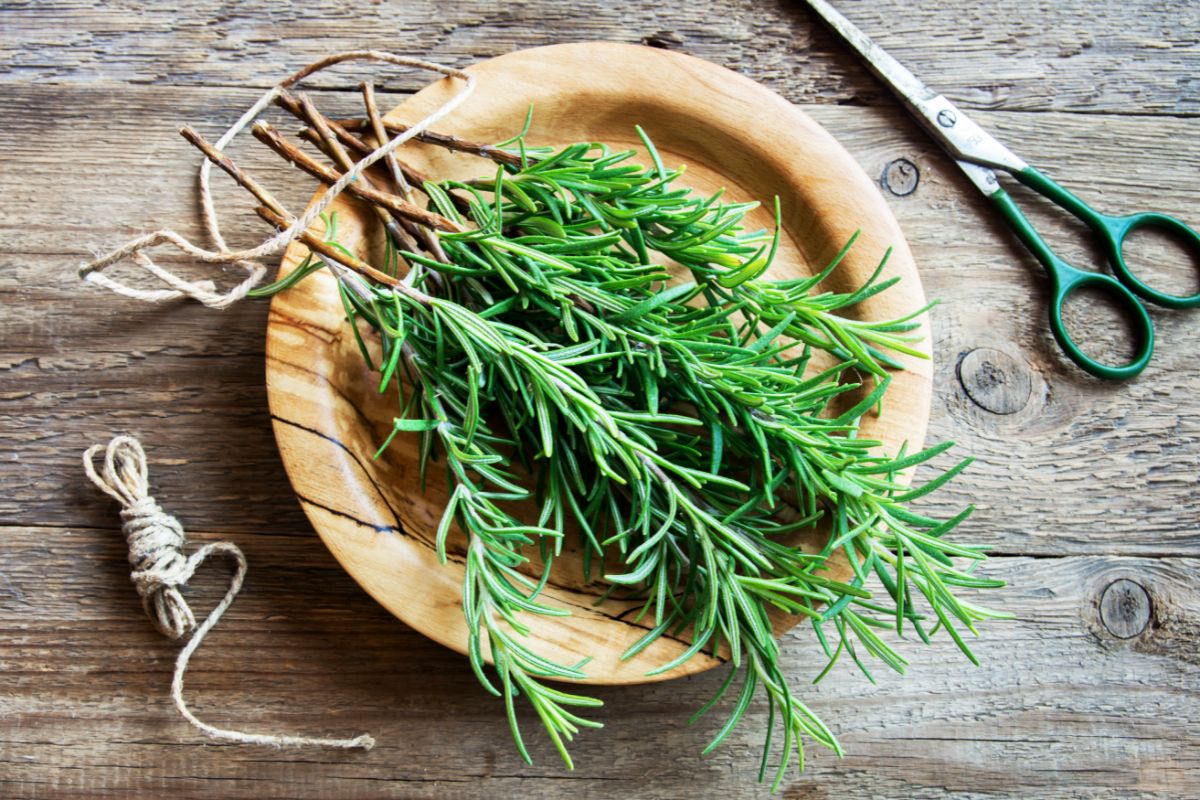
Rosemary is often paired with thyme in a lot of recipes, particularly when cooking meats like lamb or beef.
This is because the two herbs share a similar woody flavor that heightens as the thyme matures.
If you were planning on using fresh thyme, then rosemary may not be your best substitute – but if you were planning on using older, mature thyme to capture those woody hints, then rosemary will be perfect for you.
Another thing to note is that rosemary is much stronger in flavor than thyme. So, you will need to use a bit less rosemary compared to thyme in your recipe.
Parsley
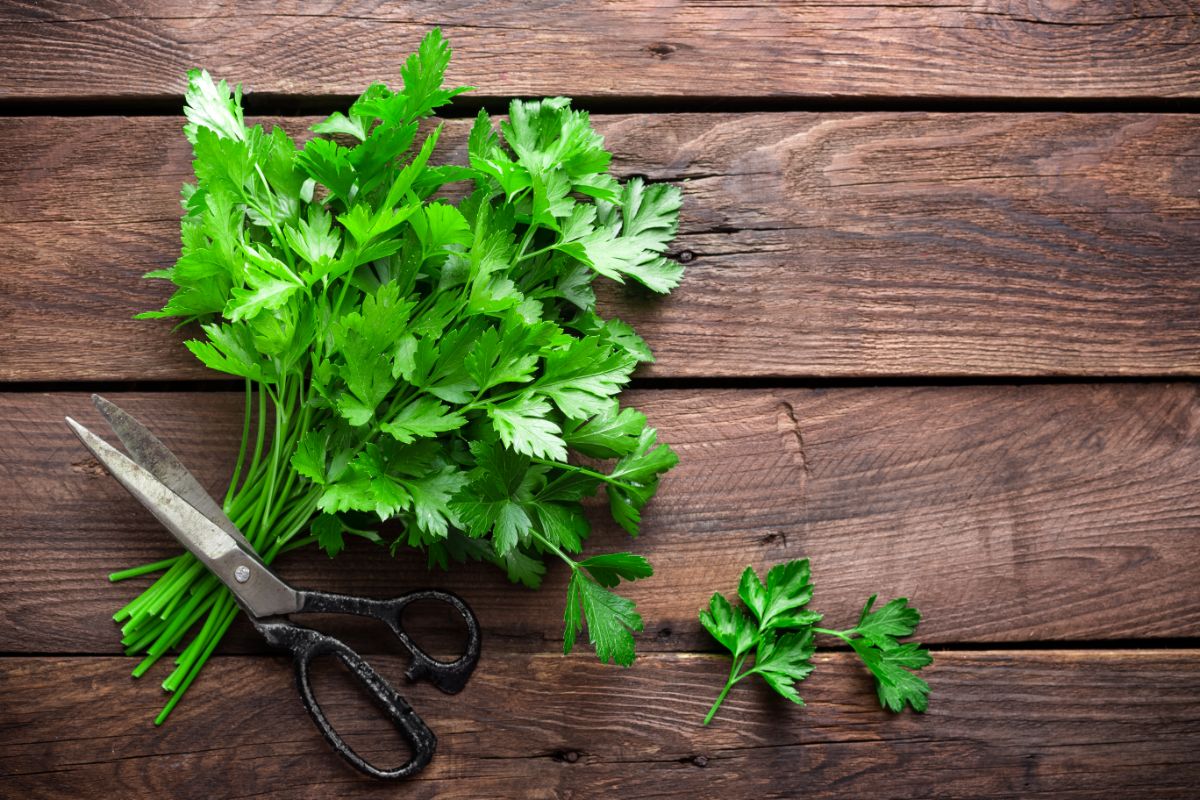
Next up is parsley.
Parsley and thyme don’t actually share a lot of similarities, making it an unusual substitute. Parsley is much brighter than thyme is when it comes to flavor.
It carries hints of earth and pepper that are far less noticeable when compared to thyme.
However, in cold dishes like dips and salads, basil works well as a thyme substitute. It’s a good all-round herb that can be used as a substitute for many other herbs too.
This is why you will often find people growing their own parsley in their kitchens!
Basil
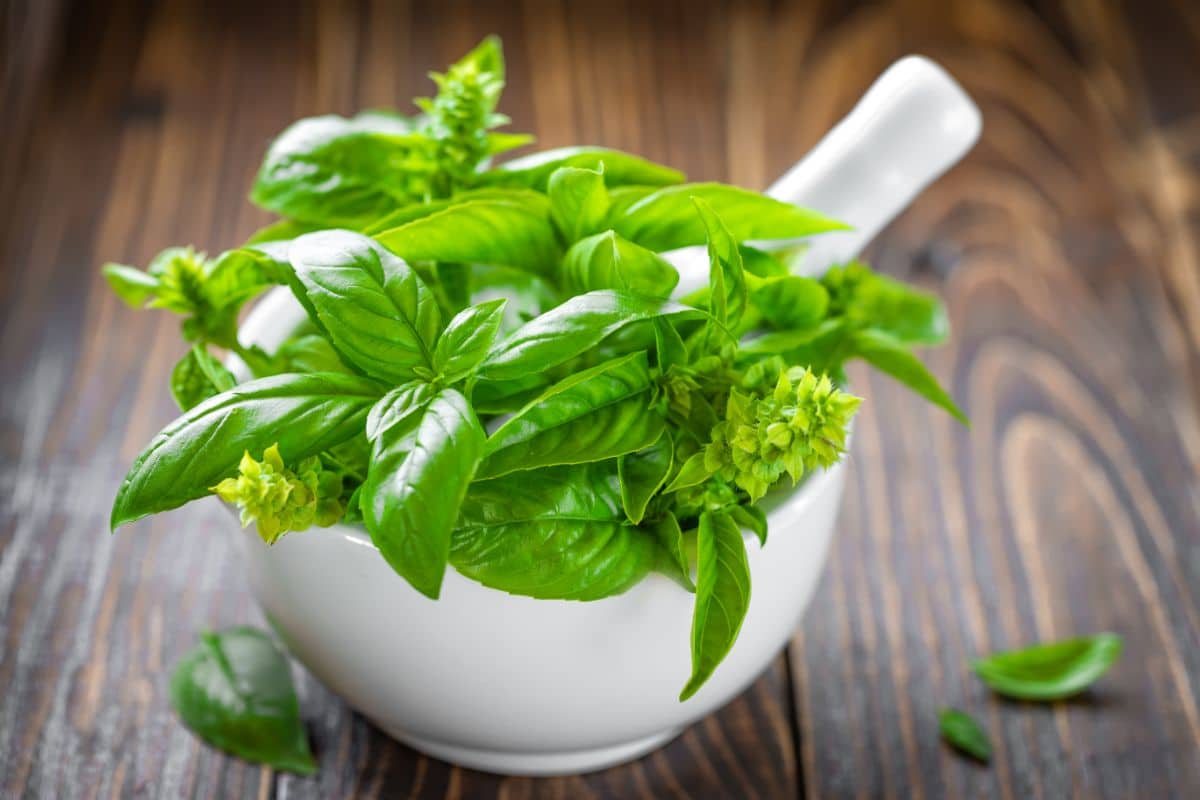
Another great substitute for thyme is basil.
Like thyme, basil carries a minty flavor with undertones of pepper. It also has hints of anise too which make it sharper and brighter.
It’s more sweet than thyme but in certain dishes like salads or Mediterranean dishes, it will work great as an alternative to thyme!
Tarragon
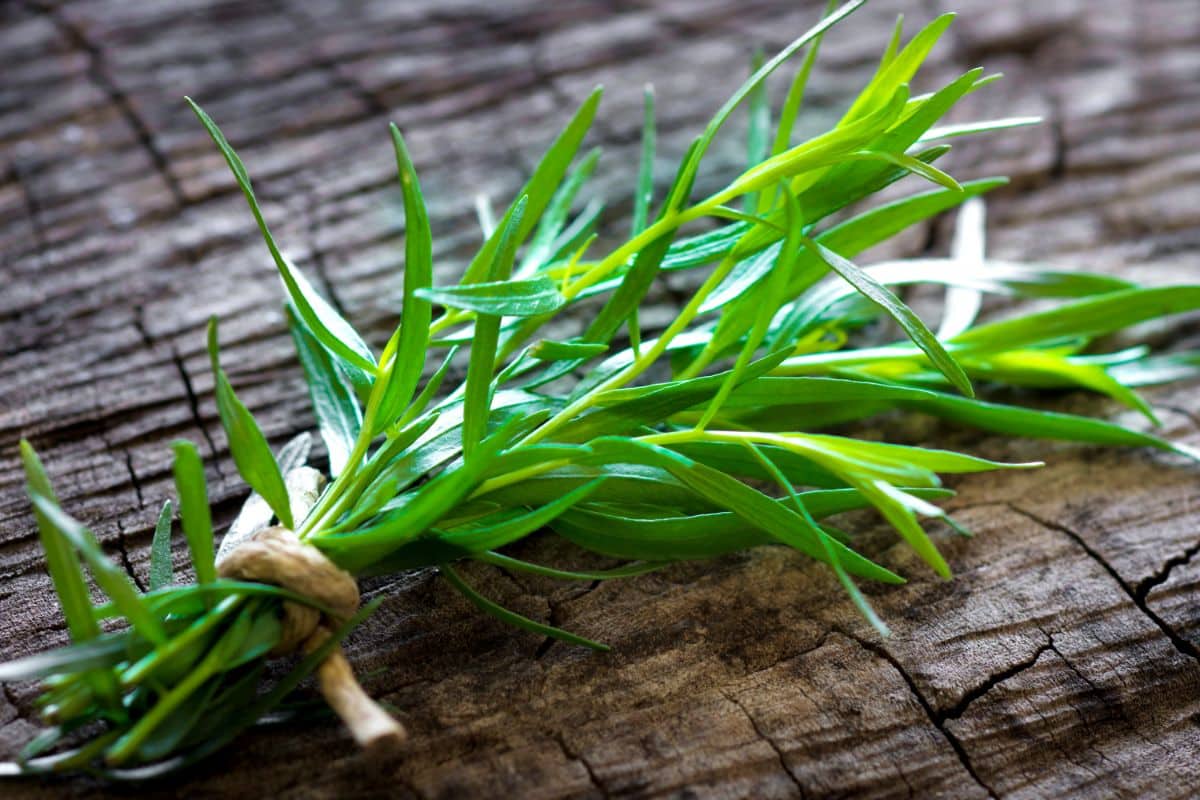
Tarragon is a pungent herb with strong notes of mint and anise, making it sweet and sharp.
Because of its strong minty flavor, it works well as a substitute for thyme – especially when used in French dishes.
Marjoram
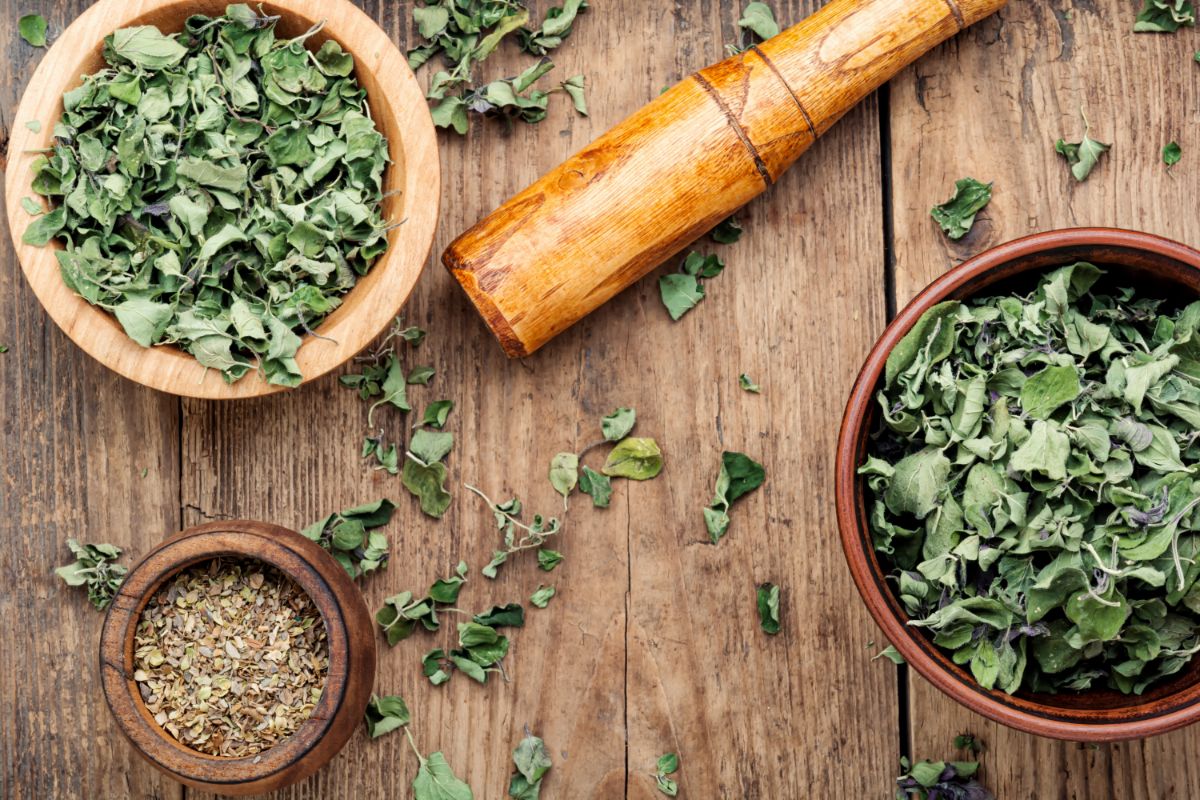
Last but not least we have marjoram.
Marjoram shares a lot of similarities with thyme in both fresh and dried forms. It’s noticeably milder but it still carries those strong minty flavors that thyme and oregano are known for.
What really makes it different is the undertones as marjoram is sweeter while thyme is earthy and sometimes spicy.
Despite this, marjoram is a go-to alternative for both thyme and oregano but it’s a lot harder to source. That is why it’s at the bottom of this list instead towards the top.
Popular Recipes That Call For Thyme
As a common herb, thyme is used in a wide range of recipes from all over the world. Here are some popular recipes and common dishes you may be required to use thyme for.
- Roast Potatoes – Roast potatoes are a great side dish to serve, and most recipes add thyme to help give the potatoes plenty of flavor.
- Lemon Rice – Thyme and lemon work very well together so thyme is often used to enhance and complement lemon rice.
- Grilled Chicken – A lot of meat is cooked with thyme to infuse it with more flavor, especially when not using sauces or marinades. Grilled chicken is one of the most popular.
- Baked Apples – Baked apples is a popular cozy snack to enjoy in the fall. Thyme can enhance its flavor and bring minty, earthy flavor to complement the apples’ sweetness.
- Chicken Noodle Soup – This soup is the ultimate comfort food. Thyme, along with plenty of other herbs and spices, help pack it with plenty of flavor.
Conclusion
So, that’s it – those were several substitutions you can make for thyme in your cooking.
No matter the recipe – whether it’s a filling side dish like roast potatoes or a cozy snack like baked apples – you can use the substitutes outlined above to replace thyme in your recipes.
This way, you can keep cooking and end up with delicious dishes whether you use thyme or not!
We hope this guide helped you find the perfect thyme substitution for you. Happy cooking!



